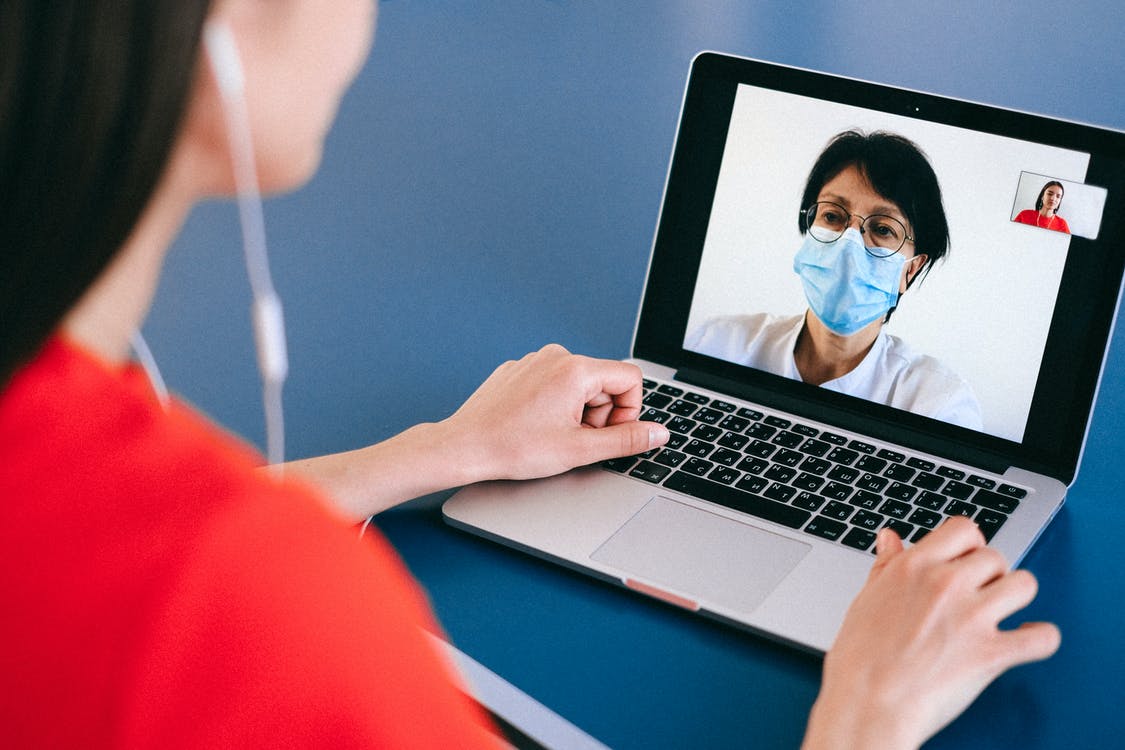
With the start of the pandemic, healthcare providers have been under growing pressure to ensure the delivery of quality care services. In addition, the coronavirus has moved other diseases to the back burner with no diagnosis or treatment. Another challenge the healthcare sector faces is the global ageing population. Older people are prone to have chronic conditions that should be addressed through a continuum of care.
Healthcare providers had to develop a more resilient system that would meet all their and their customers' needs. Many companies have opted to adopt cutting-edge technologies to continue operations and satisfy customer demands. Innovations offer the possibility to automate particular tasks, enforce remote treatments, obtain data-driven results and more.
According to Deloitte, investments in health tech reached a record high of $14 billion in 2020. And even while the world is slowly returning to normal, many technology-enabled practices are more likely here to stay, such as follow-up patient visits, flu treatment, and other remote care services. The demand for healthcare software development solutions is rapidly rising and is not expected to slow down. Let’s look at top technologies that help troubleshoot key challenges in the healthcare industry, help to improve services’ quality and make them more accessible.
AI, wearables, and telemedicine help treat patients remotely
Social distancing measures have prevented the COVID-19 from spreading and accelerated the adoption of telemedicine solutions to provide healthcare to patients. Connected wearable devices, online consultations and other technology-driven medical services helped to keep patients safe and healthy. For instance, wearables embedded with remote patient monitoring and AI algorithms can be used to keep track of the vital signs of a patient with a chronic condition. Once a warning sign has been spotted, the device can notify the doctors and relatives; early detection can save a life.
Advanced analytics as one of the methods of preventative medicine
Medical databases scanned by AI can help to identify patients' diseases and improve preventative treatment and care plans. Big data combined with advanced analytics process the medical histories of patients and their relatives to determine whether they are at risk of having a specific disease. Moreover, based on the available database, medical practitioners can gain valuable insights on what medication can work best in a particular case, leading to more effective, data-driven treatment.
Telemedicine increases the number of doctor’s appointments without prolonging the workday
Despite being around for a long time, telemedicine solutions have gained momentum with the start of the pandemic. Virtual health services like check-ins, treatment optimisations, mental health counselling and others are the same quality as face-to-face visits and keep patients and medical personnel away from transmitting COVID-19.
Moreover, telemedicine solutions allow doctors to increase bandwidth. Here’s how technologies help medical personnel to help more people:
- Automation of administrative tasks. All the data about patients’ vital signs, medication plans and others can be collected by AI. The time doctors usually spend creating patients’ notes can be devoted to patients or rest and recharge. Such automation will save time and eliminate the possibility of human error in documentation.
- AI coming up with a possible diagnosis. Before the appointment, doctors can look at the generated by the AI insights based on the information about patient medical history, lifestyle characteristics, allergies and more. Doctors can further use these insights to develop better treatment plans, possible diagnoses, etc. AI decreases time spent on repetitive scanning of information and allows to spend more time with each patient.
Using drones for critical medical deliveries
Unmanned aerial vehicles (UAV) are taking off in the healthcare area. Drones help to streamline medical deliveries of different types, including:
- Blood samples. Drones can address many issues that arise during blood transportation. For instance, a blood sample should be transported at a specific temperature, and it also can be damaged if transported by a vehicle and the road is bumpy. Moreover, traffic jams may prevent blood samples from being delivered on time.
- Vaccines and medications. UAVs can help deliver life-saving drugs and vaccines to far-distanced locations with all the necessary conditions preserved.
- Diagnostic tests. Not every healthcare institution is equipped with all diagnostic tests. Moreover, some are temperature sensitive, or the patient’s sample should be delivered within a particular timeframe to obtain valid results. Here’s when drones come in handy, shortest route delivery and no traffic shortens the delivery time between locations to the full
Currently, there are still some regulations to be introduced to authorise drones to fly in the airspace. However, drone manufacturers prove that UAVs can fly safely and automatically avoid obstacles.
Key takeaways
Technology solutions are no panacea for overcoming all the challenges healthcare systems worldwide face. However, innovations help healthcare providers keep up with the changing environment and demands, deliver quality services, and concentrate on keeping patients safe even before seeking medical attention.